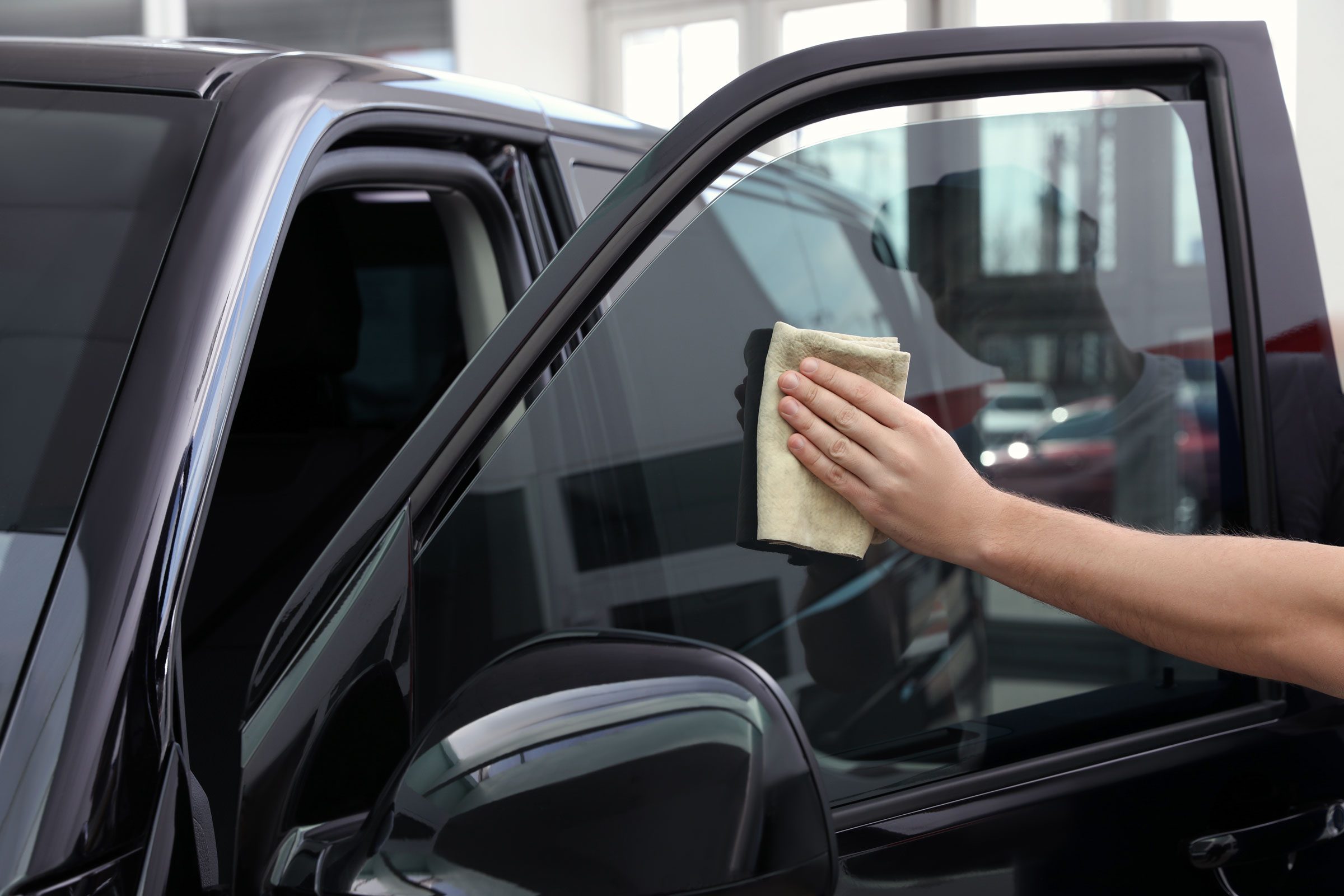Moro Auto Spa Window Tinting: Upgrade Privacy and Style for Your Ride
Your Comprehensive Guide to DIY Home Window Tinting: Tips and Tricks
Taking on a Do it yourself window tinting task provides a chance to enhance both the capability and appearances of your room. Before getting started on this venture, it is vital to navigate the intricacies of regional tinting regulations and pick a proper movie that aligns with your purposes.
Comprehending Home Window Tinting Regulations
Browsing the detailed landscape of home window tinting laws is necessary for any kind of DIY fanatic seeking to boost their car's visual appeals and convenience. Each state in the U.S. has specific policies concerning the allowed levels of tint on numerous windows, which can dramatically impact your decision-making procedure.
Generally, these regulations determine the optimum allowable Noticeable Light Transmission (VLT) percent, which describes the amount of light that can travel through the tinted home windows. For instance, some states allow just a certain percentage of color on the front windshield, while allowing darker shades on rear home windows. Compliance with these laws is vital, as failing to adhere can result in fines or the demand to remove the tint entirely.
Furthermore, there are typically differences in between guest automobiles and industrial cars, with different regulations relating to each category. It's advisable to consult your neighborhood Division of Motor Vehicles or equal authority to gather specific info tailored to your area. Recognizing these legislations not only guarantees legal conformity however also boosts security by preserving visibility and protecting against possible risks while driving.
Choosing the Right Color Movie
Choosing the appropriate color film is a crucial step in the do it yourself home window tinting process, as it directly affects both the appearance and capability of your car's home windows. Several elements need to direct your choice, consisting of the type of movie, its legal conformity, and your desired results.
First, think about the different kinds of color films readily available: dyed, metalized, ceramic, and hybrid. Colored films supply a basic degree of personal privacy and warm reduction yet may fade over time. Metalized films supply boosted heat being rejected and sturdiness yet can hinder electronic signals. Ceramic movies, while a lot more expensive, offer superior heat resistance and UV protection without signal disruption.
Next, guarantee that the film sticks to regional regulations worrying noticeable light transmission (VLT) portions. Compliance with these laws is important to prevent fines and ensure safety and security.
Essential Tools for Do It Yourself Tinting
Having actually selected the right tint film for your windows, the next step entails gathering the necessary tools to make sure a successful installment. The main devices you will need include an energy blade or a razor blade, which is vital for reducing the color movie to the preferred dimension. A squeegee is likewise vital, useful content as it assists remove air bubbles and ravel the film during application.

Additionally, consider utilizing a warm gun or hairdryer, as this can help mold and mildew the color film to the contours of the home window and facilitate adherence. Ultimately, handwear covers are a good idea to prevent fingerprints on the movie throughout setup. By gathering these important tools, you will certainly be well-prepared to tackle your DIY home window tinting job successfully.
Step-by-Step Application Process
Begin by thoroughly cleansing the window surface area to make sure optimal bond of the tint film. Make use of a glass cleaner and a lint-free cloth to eliminate any kind of dust, dirt, or grease. As soon as the home window is tidy, measure the color film versus the window, permitting a minor overlap on all sides. Cut the film appropriately with a sharp utility knife for a precise fit.
Lightly spray the home window surface area and the sticky side of the movie. Carefully line up the film with the top of the home window, their website guaranteeing it is right. Use a squeegee to smooth the film, applying firm, also stress.
Enable the tint to heal for at least 24 hours without rolling down the windows. Follow these actions diligently for optimum outcomes in your DIY window tinting job.
Upkeep and Treatment Tips

It's recommended to wait at the very least a week after installation before cleansing your windows to enable the adhesive to completely treat. Throughout this preliminary duration, stay clear of rolling down the home windows to protect against any kind of damage to the tint.
Routine maintenance includes inspecting the edges i loved this of the tint for any indicators of bubbling or lifting. If you see any kind of problems, it's ideal to resolve them immediately to stay clear of further damage. In addition, beware with using window treatments, such as tones or drapes, as they can generate heat that might endanger the tint in time.
Conclusion
In final thought, taking on a DIY window tinting project demands careful consideration of local guidelines, option of ideal tint films, and the usage of vital devices. An organized application process makes certain ideal results, while routine upkeep adds to the long life of the color - Moro Auto Spa Window Tinting. By adhering to these standards, individuals can achieve both aesthetic enhancement and boosted personal privacy in their rooms, making do it yourself window tinting a valuable undertaking